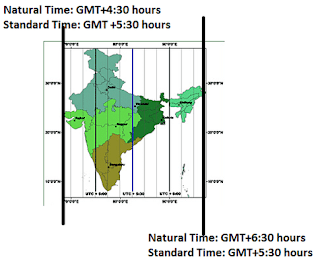

Long considered the lifeline of the world’s most populous country, the 170-year-old system has seen rapid expansion and modernisation under Prime Minister Narendra Modi's push to boost infrastructure and connectivity in the fast-growing economy. It transports 13 million people every day and moved nearly 1.5 billion tonnes of freight in 2022. State monopoly Indian Railways runs the fourth largest train network in the world. There are no Daylight Saving Time clock changes.NEW DELHI, June 3 (Reuters) - India's vast rail network is undergoing a $30 billion transformation with gleaming new trains and modern stations but Friday’s deadly train accident shows more attention should be paid to safety, industry analysts said.Īt least 288 people were killed in the country's worst rail accident in over two decades after a passenger train went off the tracks and hit another in the eastern state of Odisha. India observes India Standard Time all year. This time zone was declared India Standard Time (IST) in 1947, though Calcutta Time was used until 1948 and Bombay Time until 1955. Eventually, in 1905, the meridian near Mirzapur (82☃3’E) was picked as the standard time for the whole country. In 1884 two time zones were used in India: Calcutta Time (UTC+5:53:28) and Bombay Time (UTC+4:51:20)-just over an hour apart. In 1802, British astronomer John Goldingham at the East India Company established time in Chennai as GMT+5:30. India had multiple time zones in the past. The implementation has yet to be legally formalized. In 2018, the CSIR-National Physical Laboratory (CSIR-NPL) and the National Measurement Institute (NMI) of India proposed implementing two time zones in India: IST-I (UTC+5:30) and IST-II (UTC+6:30) in the northeast. But for now, it seems like the drawbacks of one time zone do not outweigh the benefits of two. As seen from the tea gardens, early sunrise causes loss of sleep and productivity in locations with less daylight hours, and early sunset can lead to higher energy consumption. There are a few drawbacks of keeping the one time zone. Tea Garden Time, translated as “Chai Bagan Time,” was introduced by the British tea companies to increase daylight work hours and thus productivity and is still in use today. In this part of the country, sunrise can come as early as 4:00 (4 am) IST in the morning and sunset at 16:00 (4 pm) IST in the afternoon. There the clocks are unofficially set one hour ahead of IST (UTC+6:30). Tea Garden Time is an informal time zone used in India's northeastern state Assam. If the country were to base its time zones on mean solar time, it would have three time zones, but since it only has one, the Sun rises almost 90 minutes earlier in Dong in the far east than in Guar Mota in the west. It spans nearly 30 degrees longitude (68☇'E to 97☂5'E). India is a large country that stretches almost 3000 kilometers (1864 miles) from west to east. However, the UTC+5:30 offset has been used as the local standard time in India since 1906.

The country has officially observed India Standard Time (IST) since 1947. Time Zone Currently Being Used in India Offset Business Date to Date (exclude holidays).


 0 kommentar(er)
0 kommentar(er)
